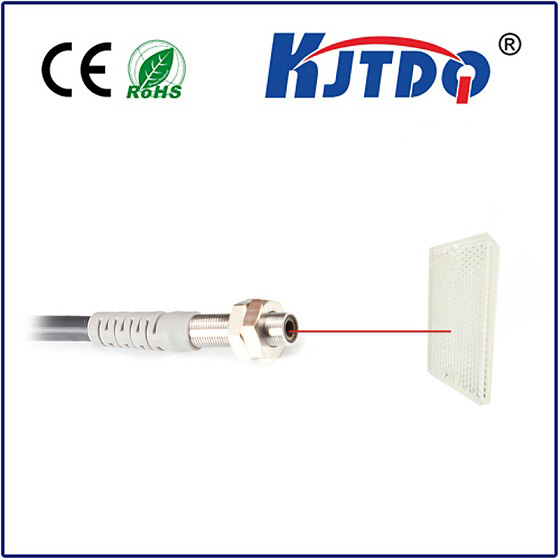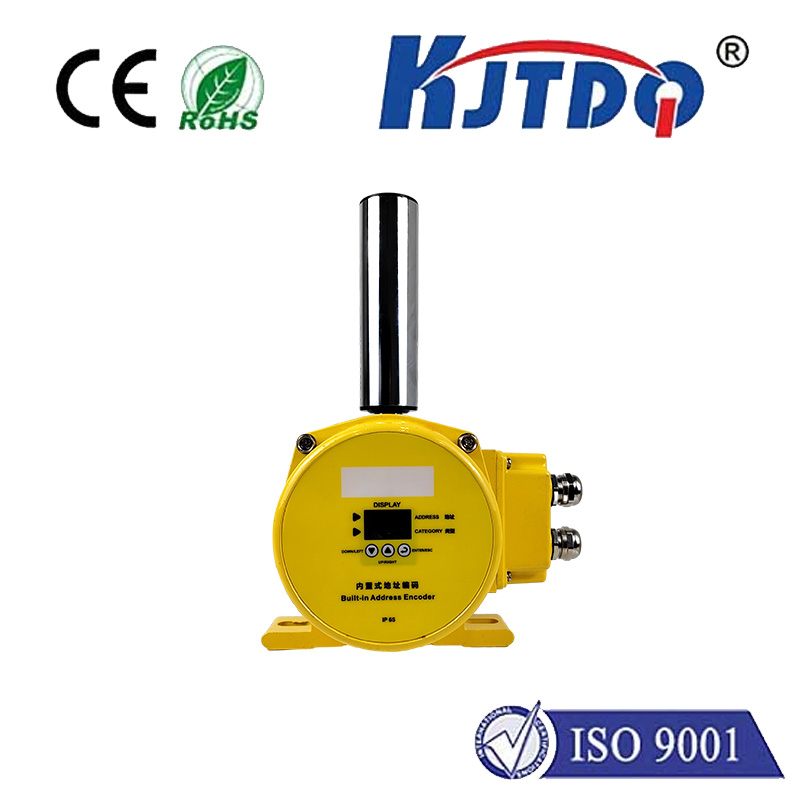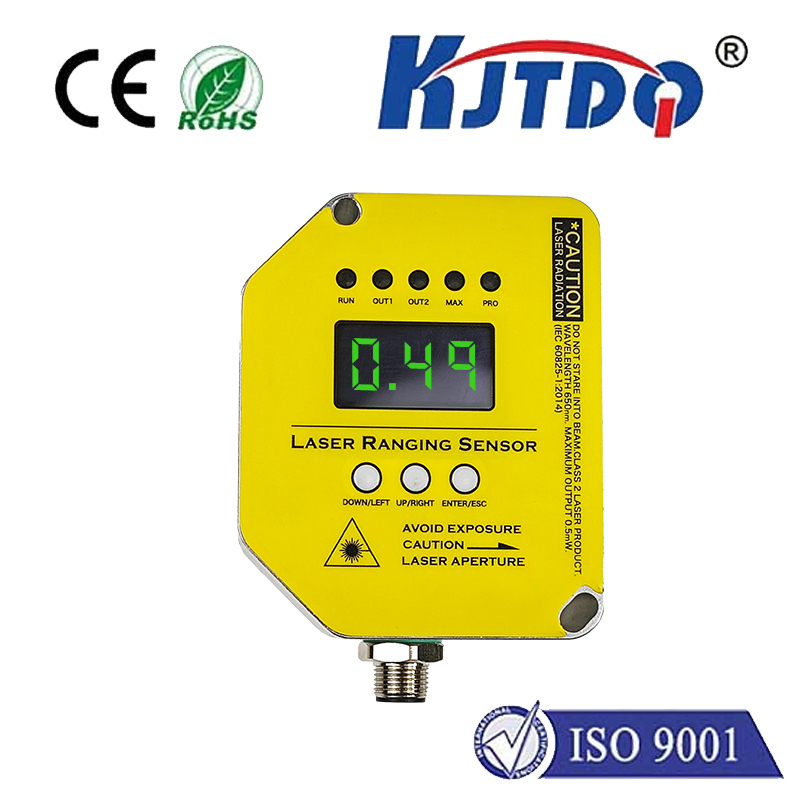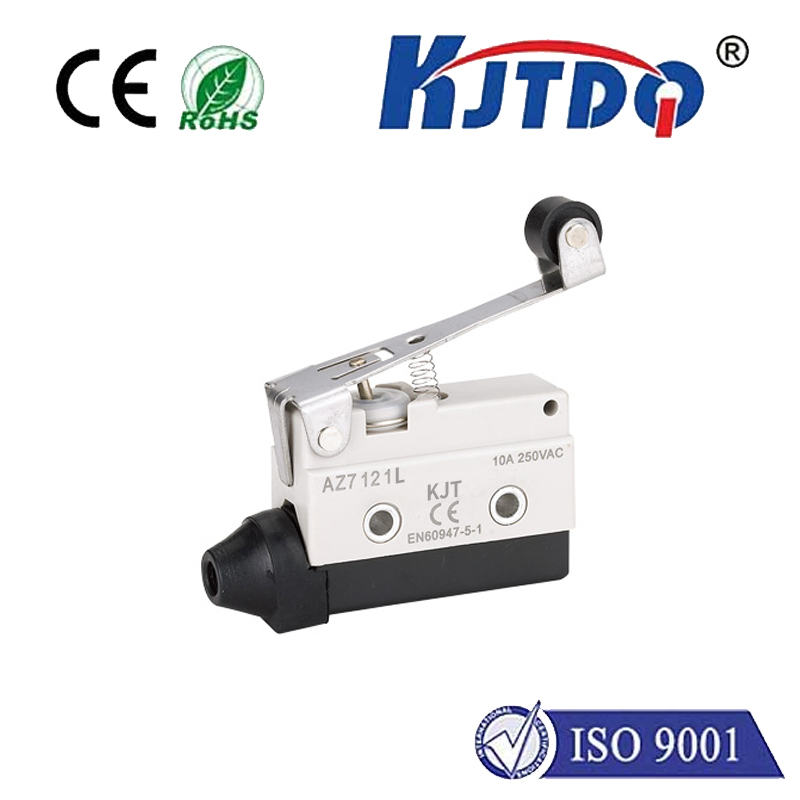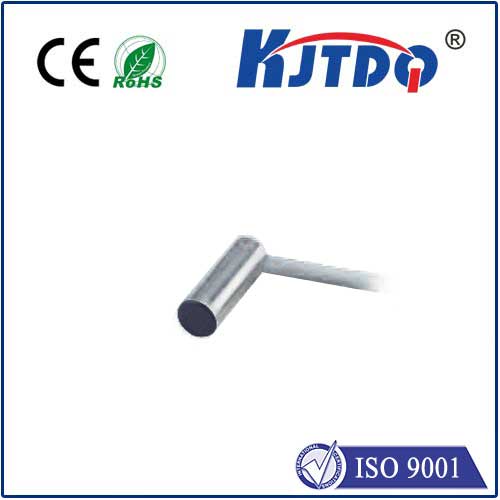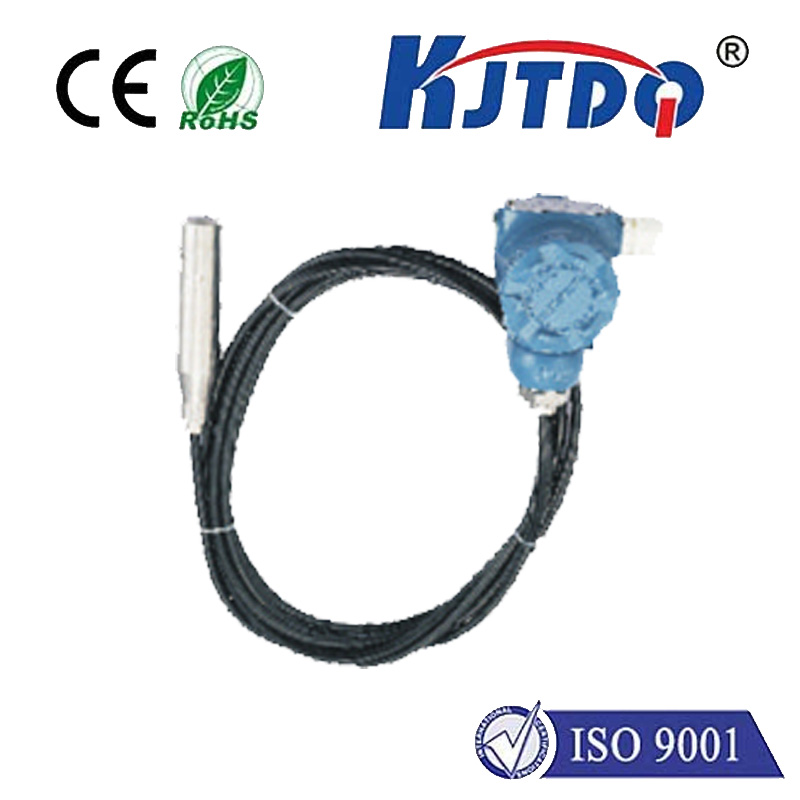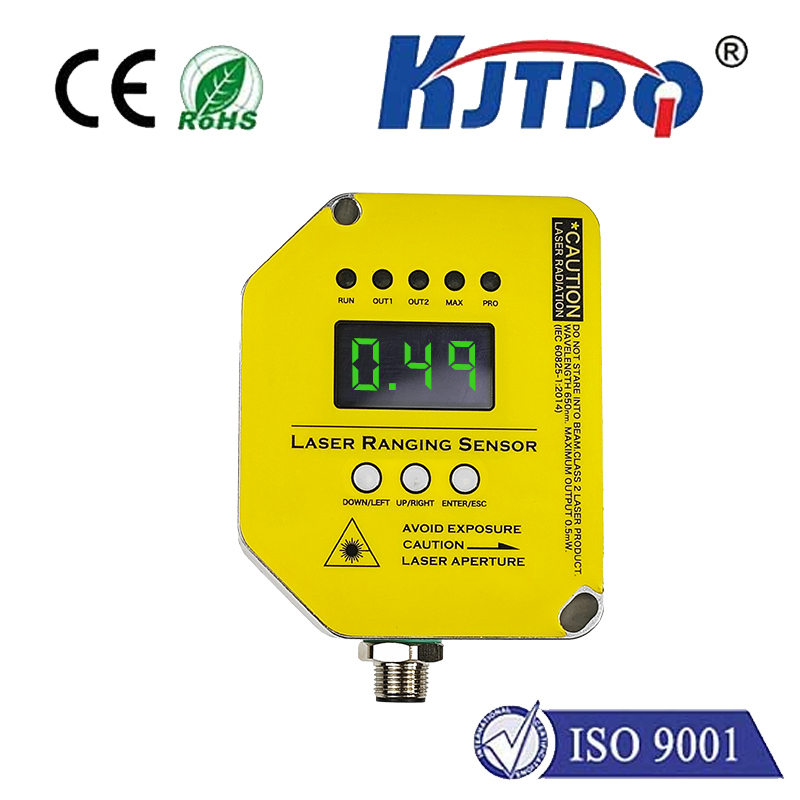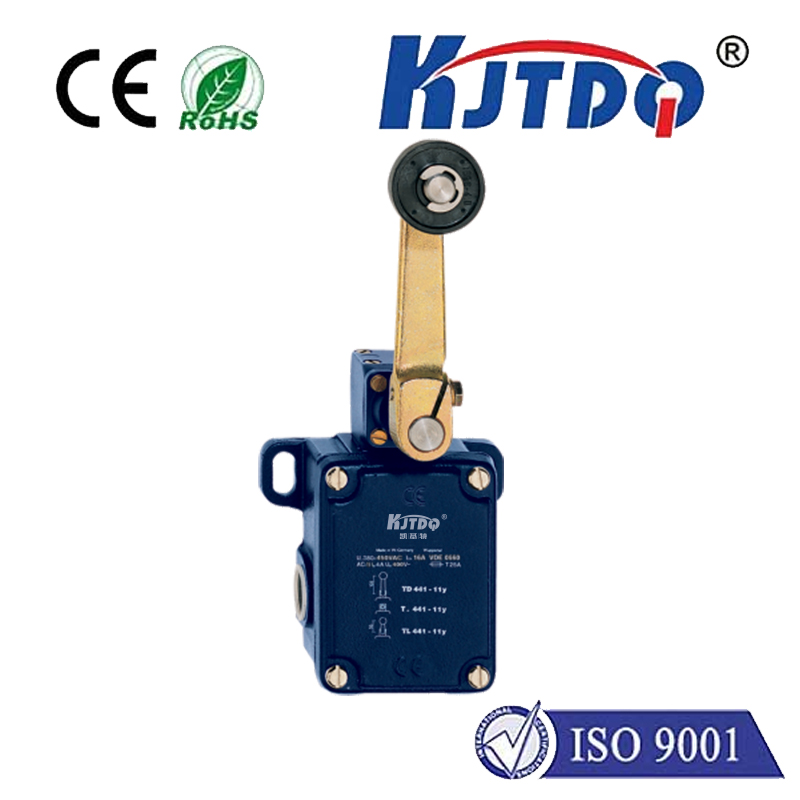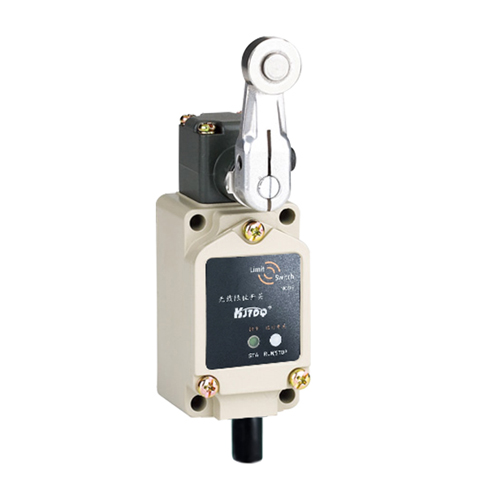high temperature inductive proximity sensor
- time:2024-10-14 17:55:55
- Click:0

Title: High Temperature Inductive Proximity Sensor: A Reliable Solution for Extreme Environments
Introduction:
In the world of automation and industrial control, sensors play a crucial role in monitoring and controlling various parameters. One such parameter is temperature, which can have a significant impact on the performance and safety of industrial processes. High-temperature environments, such as those found in furnaces, ovens, and other heating equipment, pose a unique challenge for sensor technology. This is where the high-temperature inductive proximity sensor comes into play.
What is a High Temperature Inductive Proximity Sensor?
A high-temperature inductive proximity sensor is a type of sensor that uses electromagnetic fields to detect the presence or absence of metal objects without any physical contact. It consists of a coil that generates an alternating magnetic field, which induces eddy currents in the target object. These eddy currents, in turn, create their own magnetic field that opposes the original one. The sensor then measures the change in magnetic flux to determine the position or distance of the target object.
Advantages of High Temperature Inductive Proximity Sensors
- Versatility: High-temperature inductive proximity sensors can operate at temperatures up to 800°C (1472°F), making them suitable for use in a wide range of applications, including furnace monitoring, hot gas detection, and temperature measurement in automotive engines.
- Durability: These sensors are made from high-quality materials that can withstand harsh operating conditions, such as vibration, shock, and moisture. This ensures that they remain reliable and accurate throughout their service life.
- Non-contact measurement: Since high-temperature inductive proximity sensors do not require physical contact with the target object, they are less likely to wear out or become damaged over time. This makes them ideal for applications where maintenance and downtime need to be minimized.
- Easy installation: These sensors can be easily installed on various surfaces using screws, bolts, or adhesive pads, making them versatile and adaptable to different industrial settings.
Applications of High Temperature Inductive Proximity Sensors
High-temperature inductive proximity sensors have numerous applications across various industries due to their ability to withstand extreme temperatures and perform reliably under challenging conditions. Some common applications include:
- Furnace monitoring: High-temperature inductive proximity sensors are commonly used to monitor the temperature inside industrial furnaces, ensuring that the process remains within safe limits and optimizing energy efficiency.
- Hot gas detection: These sensors can detect the presence of hot gases, such as carbon monoxide or methane, in industrial settings like power plants or chemical plants, providing an early warning system for potential hazards.
- Automotive engines: High-temperature inductive proximity sensors are used in automotive engines to measure oil pressure, coolant temperature, and other critical parameters that affect engine performance and safety.
- Food processing: In the food industry, these sensors are used to monitor the cooking process and ensure that products are cooked evenly and thoroughly.
- Aerospace: High-temperature inductive proximity sensors are employed in aircraft engines and spacecraft to monitor temperatures and prevent overheating, ensuring safe operation during flight missions.
Conclusion:
The high-temperature inductive proximity sensor is a versatile and durable solution for monitoring and measuring temperature in extreme environments. Its ability to withstand high temperatures, non-contact measurement capabilities, and easy installation make it an ideal choice for various industrial applications. As technology continues to advance, we can expect high-temperature inductive proximity sensors to play an even more significant role in improving efficiency, safety, and reliability across various industries.












